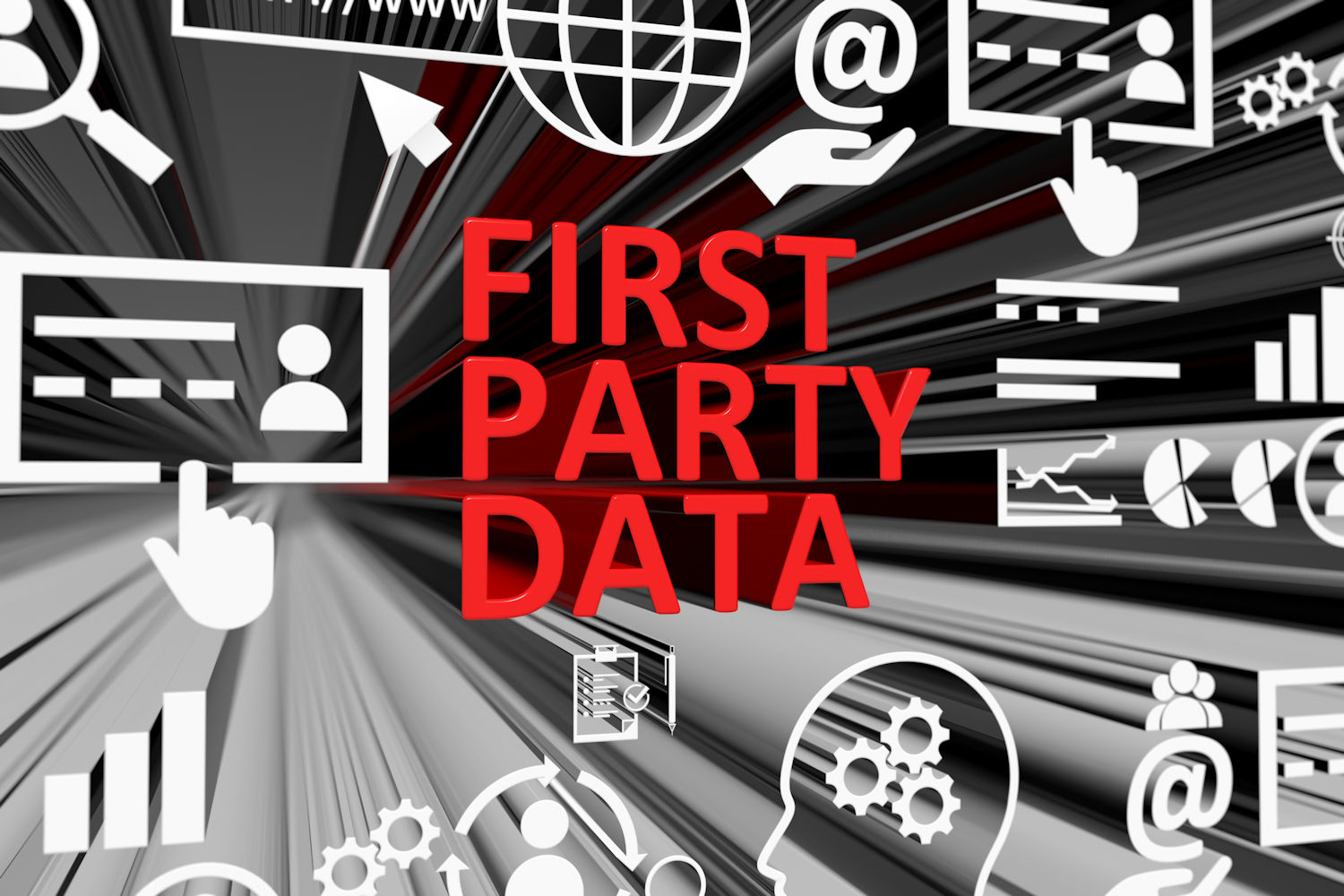The Role Of Loyalty Programs In Harnessing First-Party Data was originally published on Forbes.com.
As third-party cookies gradually fade into obsolescence, brands are racing to adapt to changing consumer behavior and new data privacy regulations. At the same time, businesses recognize the value of brand loyalty. In this article, we review why brands should seriously consider investing in a loyalty program to collect first-party data.
Understanding First-Party Data
Let’s start with a definition of first-party data as a refresher. First-party data is the information collected directly by a brand from its customers, website visitors, and app users. This includes details such as customer demographics, purchase history, browsing behavior, and preferences. In contrast, third-party data is gathered from various sources that may not have had a direct relationship with the user. Data brokers typically aggregate and sell this information, enabling businesses to target a broader audience.
The Rising Importance Of Loyalty Programs
While they have been around for quite some time, with the inevitable absence of third-party cookies, loyalty programs are more important than ever. They present a valuable opportunity for businesses to collect first-party data while offering rewards and incentives to their customers. When executed well, loyalty programs can increase customer lifetime value, drive repeat purchases and create brand advocates. Think of the card you have in your wallet for your local grocery store, the app on your phone that you can use at checkout at your favorite fast-casual restaurant, or the gift you get from your yoga studio after taking so many classes. These are different forms of loyalty programs. But how can loyalty programs help brands with harnessing first-party data?
By asking customers to sign up for a loyalty program, brands can collect critical demographic information, such as name, age, email address, and phone number. This data helps businesses understand their customer base, segment their audience and create personalized marketing campaigns.
Purchase Tracking and Behavior Analysis
Loyalty programs often involve tracking customers’ purchases to reward them with points or discounts. This data provides insights into purchasing habits, product preferences, and spending patterns. It enables brands to tailor marketing messages, optimize product offerings and predict future customer behavior.
Customer Surveys and Feedback
Many loyalty programs include customer surveys, which provide an opportunity to gather feedback and learn more about customer preferences. This direct communication channel allows businesses to make data-driven decisions and improve customer satisfaction. Surveys can be varied and should start off simply. Those who engage with your surveys can then be prompted to fill out additional, more in-depth surveys. For example, start with basic demographic information and then move into purchasing preferences, shopping habits and more.
Personalized Offers and Communication
Loyalty programs often involve personalized offers, which are more likely to resonate with customers and drive engagement. By leveraging first-party data, brands can create tailored promotions, product recommendations and content to foster a deeper connection with their audience.
The Benefits Of Harnessing First-Party Data
As the marketing industry moves away from third-party cookies, first-party data offers several advantages.
Personalization
With accurate, detailed customer profiles, brands can create highly personalized marketing campaigns that cater to individual preferences and needs. Personalized marketing drives higher engagement rates, conversions and customer satisfaction.
Privacy Compliance
By collecting data directly from customers, brands can ensure compliance with data protection regulations, such as GDPR and CCPA. This is extremely important as marketers in more countries and more states take up their own versions of privacy policies that must be adhered to.
Improved Targeting
First-party data allows for better audience segmentation and targeting. Brands can create tailored messages for specific customer groups, ensuring relevancy and increasing the likelihood of conversion.
Customer Retention
Loyalty programs create a sense of appreciation and gratitude toward the brand among its customers. In 2021, Merkle released a report that found that 81% of customers want a relationship with a brand. Thanking customers, especially those who are repeat customers, helps to strengthen that bond.
Starting A Loyalty Program
Much like any marketing campaign, there are initial steps to take before launching a loyalty program. At the most basic, before launching:
• Define your objectives. Determine what you hope to achieve with your customer loyalty program. This could be increasing customer retention, boosting customer spending or improving customer satisfaction. Clearly defining your objectives will help you create a program that is tailored to your goals.
• Understand your customers. Get to know your customers by collecting data on their purchase history, preferences, and behaviors. Use this information to design a program that is personalized and relevant to your customers.
• Determine your rewards. Choose rewards that are valuable and appealing to your customers. This could be discounts, free products, exclusive access, or other perks. Make sure the rewards are attainable and meaningful to your customers.
• Set up a system for tracking and rewarding. Develop a system for tracking customer participation in the loyalty program and rewarding them accordingly. This could be done through a mobile app, a point-of-sale system, or a card-based program. Make it easy for customers to participate and earn rewards. Mobile apps that consumers can tap to earn or redeem rewards or easily check on their status are the best way to engage customers, especially when using a simple QR code or bar code to scan to earn or redeem points.
Loyalty programs are one way of harnessing first-party data. Other ideas include product registrations, event-based tracking, user registration, and email sign-ups. However, considering a customer loyalty program provides more than first-party data, with customer loyalty, engagement, repeat sales, and so much more.
Are you ready to start collecting first-party data and rewarding your loyal customers? Give us a call: 856.327.4141.




